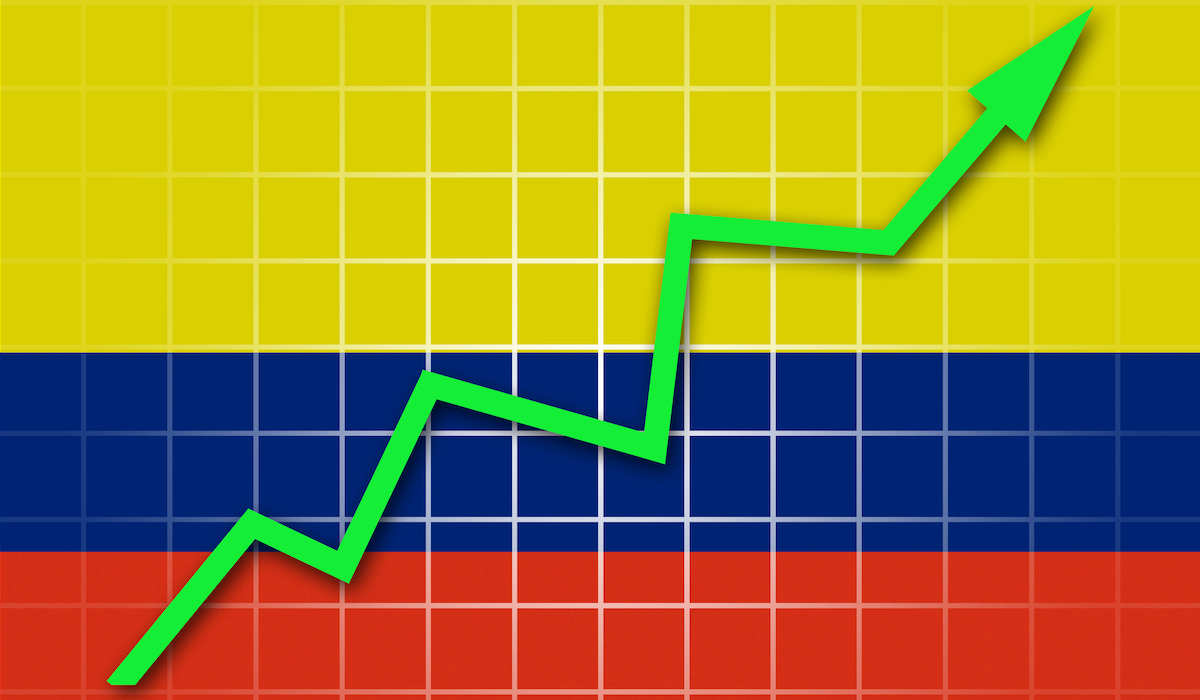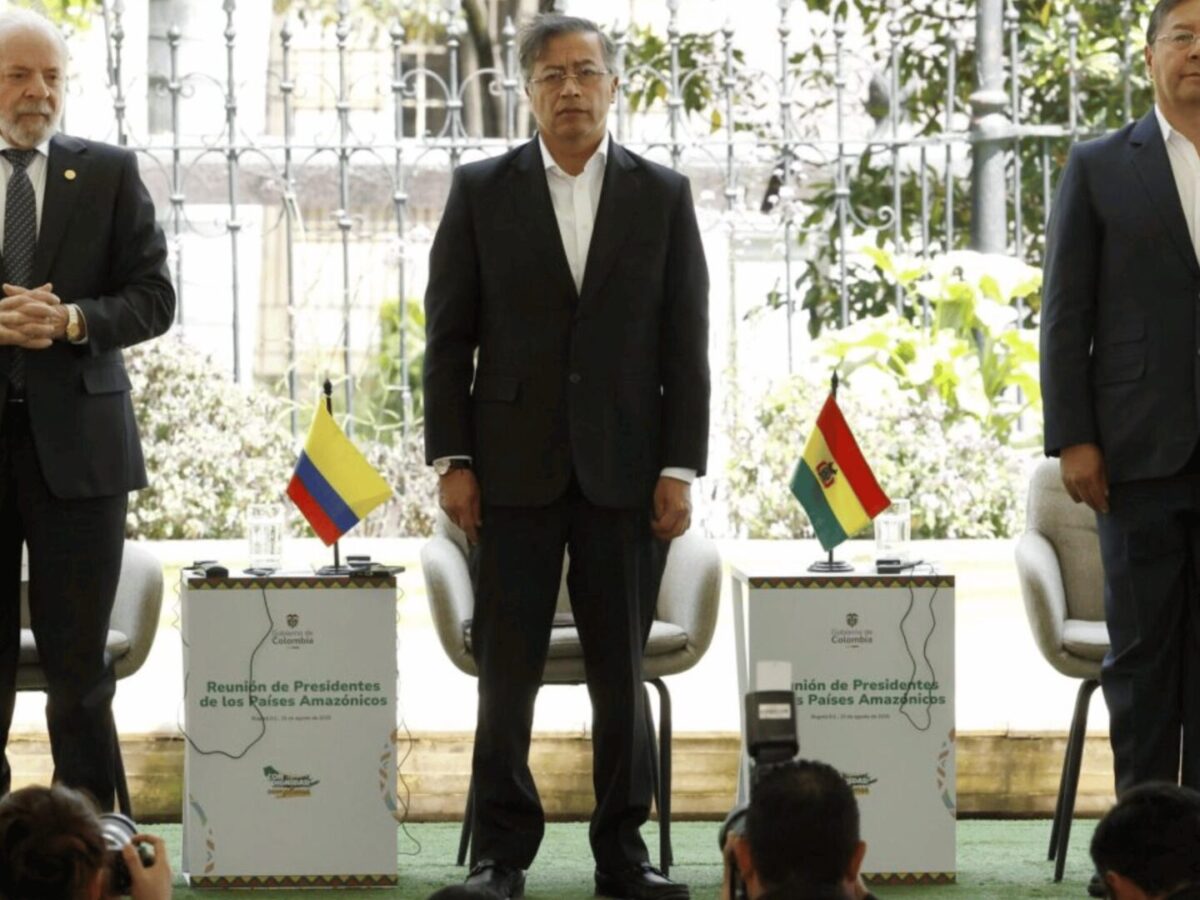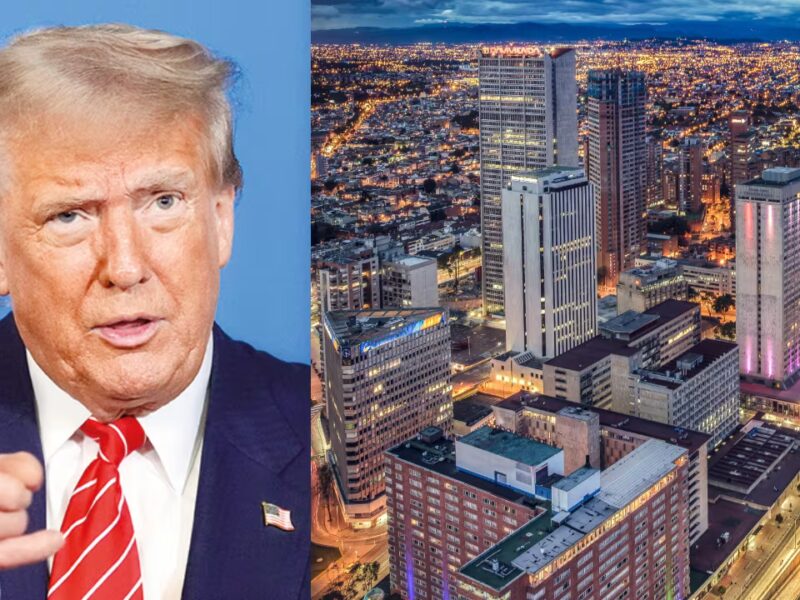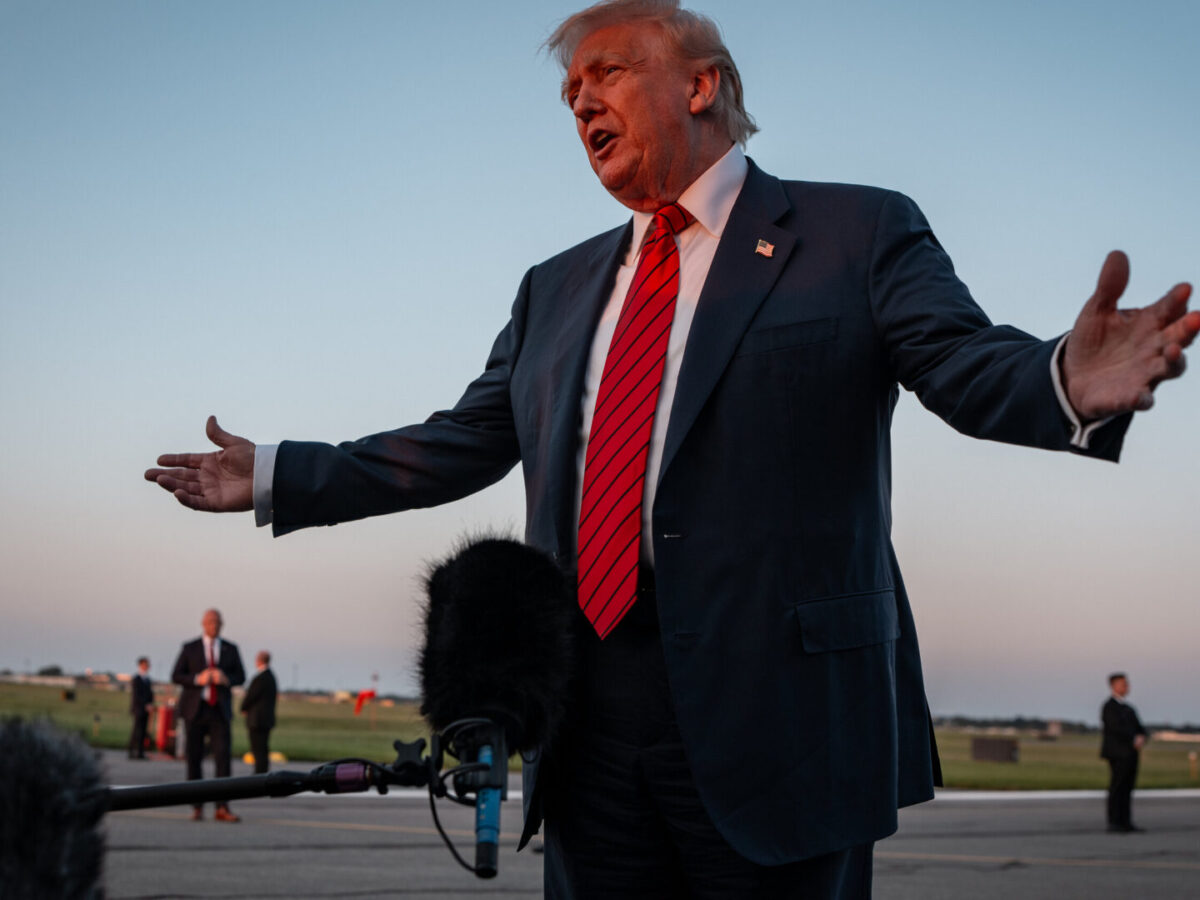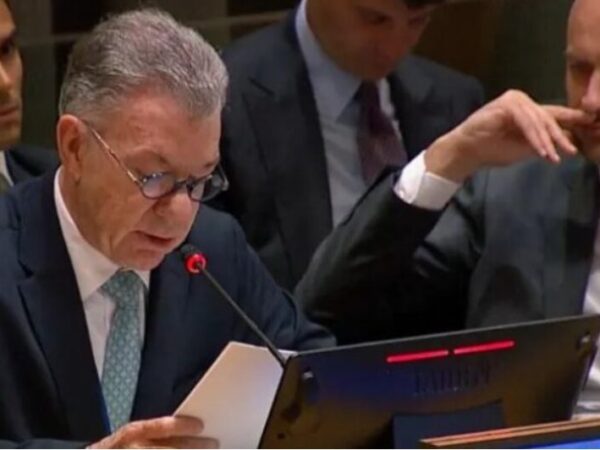Colombia’s Inflation Reaches 4.9% in July 2025
Colombia’s annual inflation rate climbed to 4.9% in July 2025, marking the first increase in months and signaling what experts describe as the potential end of the recent cycle of price relief. According to the National Administrative Department of Statistics (DANE), this uptick comes after a prolonged period of gradual declines, raising questions about the country’s near-term economic trajectory.
The rise was primarily driven by higher prices in food, transportation, and utilities. Economists note that while the number remains within the central bank’s tolerance range, the trend shift could prompt a more cautious stance from the Banco de la República regarding future interest rate adjustments.
What Is Driving the Recent Price Increases?
The increase in consumer prices was led by a combination of domestic and external factors. Locally, seasonal agricultural challenges have pushed up the cost of staple foods, while transportation costs surged due to rising global oil prices. Additionally, adjustments in public service tariffs—particularly electricity and water—contributed to the monthly inflation spike.
Internationally, persistent geopolitical tensions and fluctuations in commodity markets have put pressure on import costs. Analysts suggest that these global dynamics, combined with Colombia’s internal supply constraints, may keep certain categories of goods and services under inflationary pressure in the coming months.
How Is Monetary Policy Likely to Respond?
The Banco de la República has been gradually easing interest rates over the past year to support economic growth, benefiting consumers and businesses alike. However, the July inflation data could temper this approach. While the 4.9% figure still sits close to the upper bound of the central bank’s 3% target plus/minus 1 percentage point range, any sustained upward trend may lead policymakers to hold rates steady or even consider hikes to prevent overheating.
Financial markets have already begun to price in the possibility of a slower pace of monetary easing. Investors and business leaders are closely watching the upcoming policy meeting, where board members will assess the latest inflation trajectory against growth forecasts.
Could Inflation Remain Elevated for the Rest of the Year?
While July’s figure alone doesn’t confirm a persistent upward shift, it serves as a warning sign. If food prices remain volatile and energy tariffs continue to adjust, inflation could hover near the 5% mark for the remainder of 2025. On the other hand, improved harvests, stable oil prices, and favorable currency movements could help ease pressures.
For households, the recent increase means a continued squeeze on purchasing power, especially for lower-income families that spend a larger portion of their budgets on food and utilities. For policymakers, it represents a balancing act between supporting economic activity and ensuring price stability.
Other News To Read


